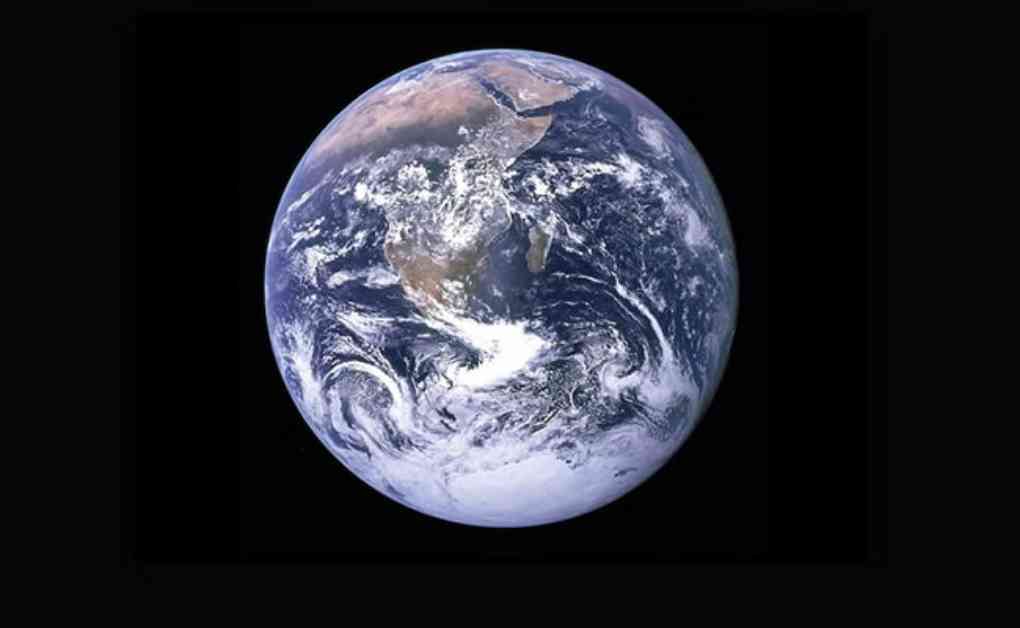Unveiling the Mysteries of Earth’s Crust Beneath Turkey
A recent groundbreaking study has unveiled a fascinating geological phenomenon happening beneath the surface of Turkey. Through an analysis of satellite data, researchers have discovered that the Earth’s crust below the Konya Basin in the Central Anatolian Plateau of Turkey has been undergoing significant reshaping over millions of years. This study, conducted by Earth scientists at the University of Toronto and published in Nature Communications, sheds light on a new class of plate tectonics with implications for understanding planetary processes beyond Earth, such as those on Mars and Venus.
Unraveling the Phenomenon of Lithospheric Dripping
The research conducted by the University of Toronto Earth scientists reveals the existence of a unique geological process known as lithospheric dripping. This phenomenon, named for the instability of rocky material that forms the Earth’s crust and upper mantle, involves the gradual sinking of dense rock fragments from the crust into deeper, more fluid layers of the planet’s mantle. As a result of this multi-stage lithospheric dripping, major landforms such as basins and mountainous folds are formed on the Earth’s surface.
Lead author of the study, Julia Andersen, a PhD candidate in the Department of Earth Sciences at the University of Toronto, explains that the team observed a circular feature in the Konya Basin where the crust is subsiding, indicating the deepening of the basin. Further analysis of geophysical data beneath the surface revealed a seismic anomaly in the upper mantle and a thickened crust, suggesting the presence of high-density material and pointing towards a likely mantle lithospheric drip.
The Mechanics Behind the Geological Transformation
Co-author of the study, Russell Pysklywec, provides insight into the mechanics behind the lithospheric dripping phenomenon. He explains that as the lithosphere thickens and drips below the region, a basin is formed at the surface. Subsequently, when the weight of the material below breaks off and sinks into the deeper depths of the mantle, the basin experiences rapid subsidence. This process is not a one-time event but rather a continuous phenomenon that spawns subsequent daughter events in the region, leading to the curious subsidence of the Konya Basin within the rising plateau of Turkey.
Through laboratory experiments that recreated the dripping process and further analysis of observations, the research team was able to gain a deeper understanding of the geological transformation occurring beneath Turkey. The study not only provides valuable insights into the Earth’s dynamic processes but also offers implications for planetary geology beyond our own planet.
By unraveling the mysteries of lithospheric dripping and its impact on the reshaping of the Earth’s crust, researchers are paving the way for a better understanding of planetary evolution and geological processes. This study serves as a reminder of the intricate and complex nature of our planet’s geology and the interconnectedness of geological events that shape the landscapes we see today.




